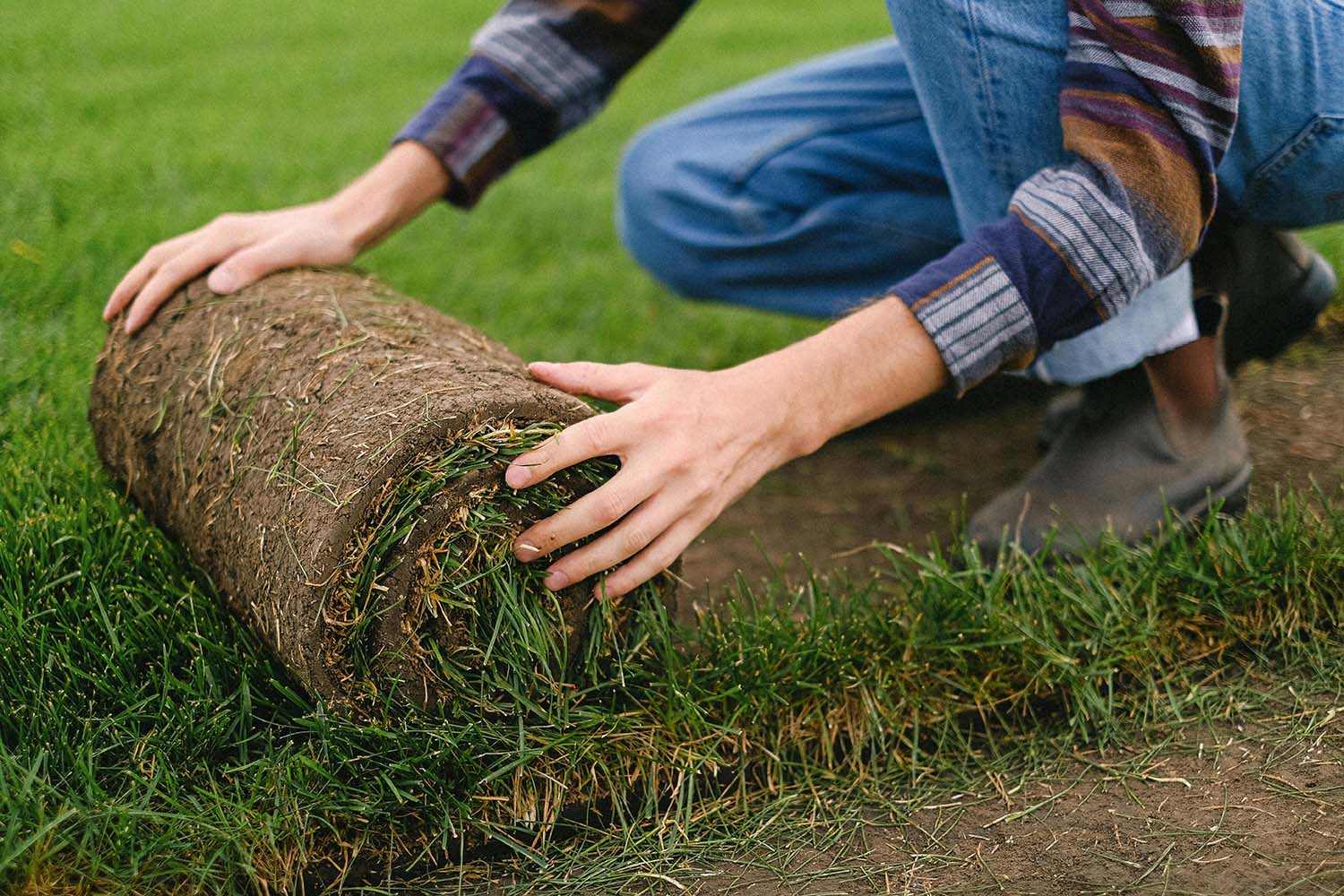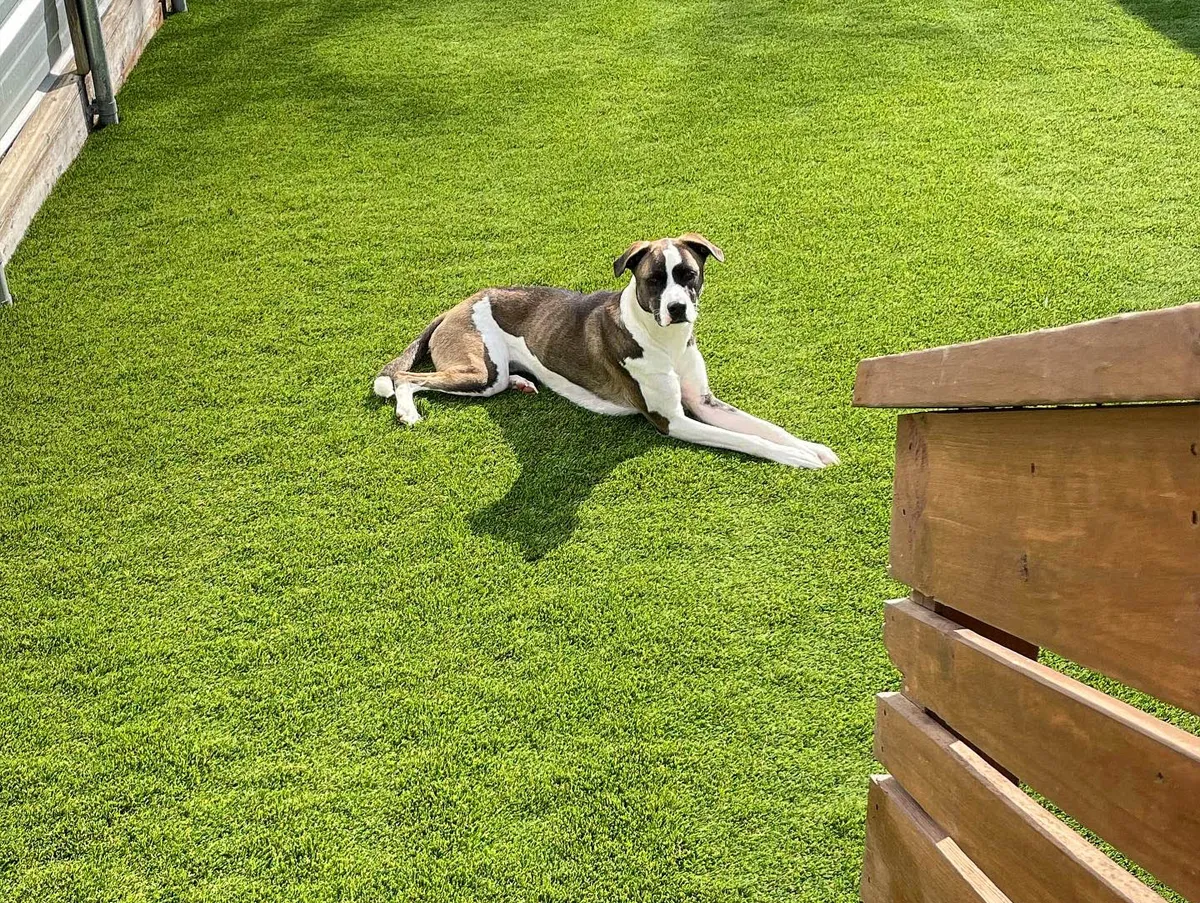Affordable Turf Installation Phoenix AZ for a Easy-Care Lawn Option
Affordable Turf Installation Phoenix AZ for a Easy-Care Lawn Option
Blog Article
Look Into the Environmental Perks of Opting for Artificial Turf Solutions
The adoption of man-made grass solutions presents an engaging possibility to attend to pressing ecological challenges. By dramatically decreasing water usage and reducing the application of harmful chemicals, these choices not just promote lasting landscape design however also safeguard neighborhood communities.
Water Preservation Perks
One of the most substantial advantages of artificial turf is its capacity to preserve water. In comparison, synthetic grass does not need watering, significantly lowering the total need for water sources.
By removing the need for normal watering, synthetic grass adds to sustainable landscape methods and assists minimize the environmental influence of extreme water consumption. In addition, the conservation of water includes the decrease of overflow, which can lead to soil erosion and river air pollution.
Furthermore, the installation of synthetic grass allows homeowners and communities to allocate water sources extra effectively, concentrating on crucial usages such as drinking water and agriculture. The shift in the direction of artificial lawn not just advertises responsible water use yet additionally lines up with broader ecological goals focused on protecting natural deposits.
As areas increasingly prioritize sustainability, the water conservation benefits of man-made turf provide a compelling case for its adoption in industrial and residential landscape design tasks.
Lowered Chemical Usage
The change to fabricated turf significantly decreases the reliance on chemical treatments commonly utilized in natural grass maintenance. Typical turf management normally involves the application of herbicides, pesticides, and plant foods to promote growth and control bugs. These chemicals can present threats to human wellness, regional wildlife, and the environment, adding to soil and water contamination.
In comparison, artificial turf eliminates the requirement for these dangerous substances. By reducing the launch of artificial substances into the community, synthetic turf promotes healthier soil and water systems.
In addition, the absence of chemical runoff associated with artificial grass installations assists protect neighborhood rivers from contamination, sustaining water life and keeping biodiversity. Arizona artificial turf. As areas increasingly focus on lasting methods, selecting man-made turf presents a viable option that straightens with ecological preservation goals. With this change, property owners can appreciate lush environment-friendly spaces without jeopardizing environmental wellness, leading the method for an extra sustainable future
Reduced Carbon Footprint

Additionally, the installment of artificial grass can lead to significant water preservation. All-natural yards call for substantial quantities of water for watering, which not only includes in the carbon impact associated with water removal and therapy but likewise pressures local water resources. In contrast, artificial turf requires very little maintenance, calling for no watering, thereby considerably decreasing water use and its associated power expenses.
In addition, the durability of synthetic lawn contributes to its reduced carbon impact. With a lifespan of see here now up to 15 years or even more, the requirement for regular substitutes is lessened, causing much less waste and reduced power usage in manufacturing and throwing away conventional grass choices. Generally, synthetic grass offers a sustainable alternative for ecologically conscious landscaping.
Habitat Preservation
Habitat conservation is a crucial consideration in the dispute over landscape design options, specifically when comparing synthetic grass to natural turf. Natural turf yards usually require comprehensive upkeep, including the usage of herbicides, plant foods, and chemicals, which can negatively affect neighborhood environments. These chemicals can leach into the dirt and waterways, hurting indigenous flora and animals and disrupting neighborhood habitats.
Fabricated lawn eliminates the requirement for hazardous chemicals, thus safeguarding nearby wildlife and maintaining the stability of surrounding ecological communities. The installation of synthetic turf can lead to the conversion of former turf locations into even more biodiverse landscapes, such as pollinator gardens or native plant areas, which can sustain regional wild animals.
Inevitably, the shift to fabricated grass not just conserves water and lowers maintenance efforts but also promotes a more unified partnership between human activities and the natural atmosphere, promoting habitat conservation while doing so.
Long-Term Sustainability
Lasting sustainability is a critical element in examining the advantages of artificial lawn over standard grass yards. Among one of the most significant advantages of fabricated turf is its toughness; it can last as much as 15-20 years with marginal upkeep, whereas all-natural grass needs frequent reseeding and replacement. This longevity decreases the requirement for continuous sources, such as water, plant foods, and chemicals, which are crucial for preserving a healthy turf lawn.
Furthermore, synthetic grass adds to a decrease in carbon discharges connected with grass care equipment. Standard yards often require gas-powered lawn mowers, leaners, and blowers, all of which add to air pollution. Arizona turf. On the other hand, fabricated lawn eliminates the demand for such tools, promoting a cleaner atmosphere
Moreover, the production see it here of fabricated lawn progressively makes use of recycled materials, boosting its sustainability account. As makers adopt green methods, the environmental footprint of find more artificial turf proceeds to reduce.

Final Thought
The fostering of synthetic lawn remedies offers considerable environmental benefits, consisting of substantial water conservation, decreased dependence on damaging chemicals, and a reduced carbon impact. Fabricated grass aids in maintaining all-natural environments by minimizing land disturbance and advertising long-lasting sustainability through the usage of resilient products. Jointly, these factors highlight the possibility of synthetic grass to contribute favorably to environmental health and use a viable option to typical landscape design methods in a progressively resource-conscious world.
In contrast, man-made turf does not need watering, dramatically reducing the overall need for water resources. By lessening the release of artificial substances right into the ecological community, synthetic grass advertises much healthier dirt and water systems.
Furthermore, the installation of synthetic turf can result in substantial water conservation. In comparison, man-made turf requires very little maintenance, needing no watering, thereby substantially lowering water usage and its connected power costs.

Report this page